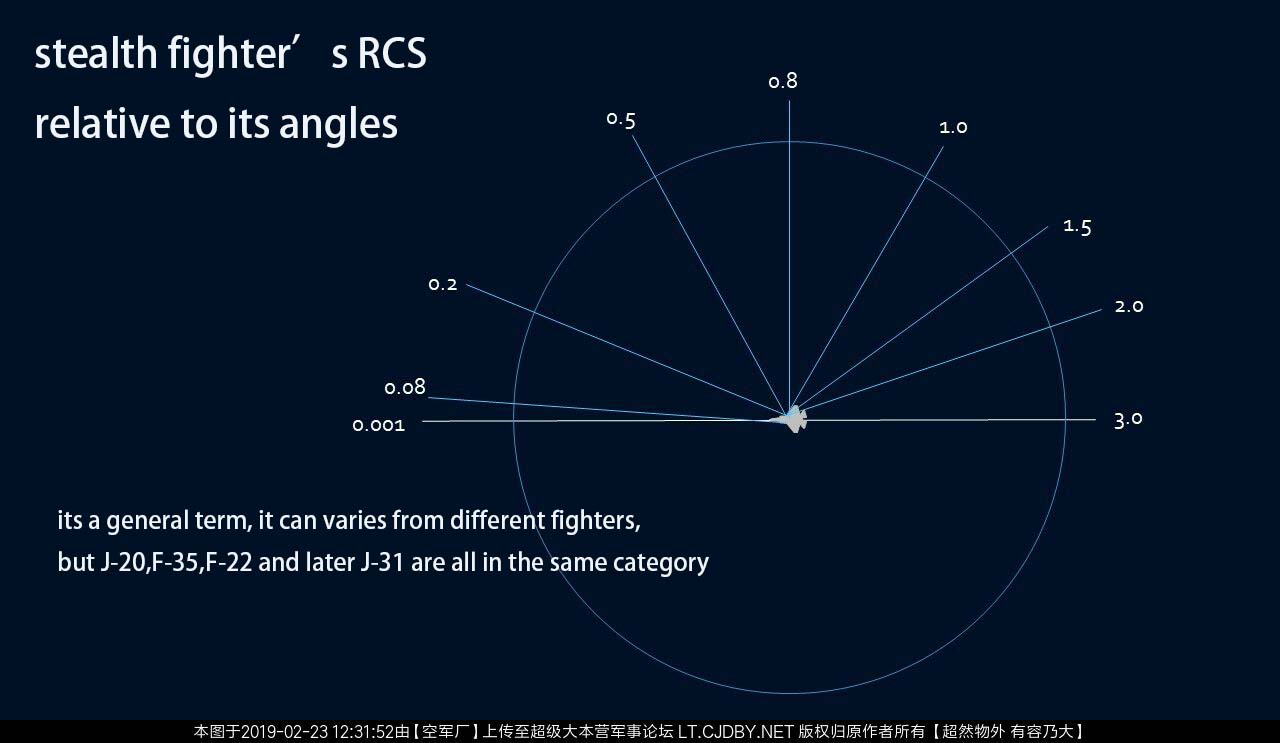Well I beg to differ, optical sensors like EOTS and EODAS can work out target's speed, heading, altitude and angle```
since you cant read Chinese, I can only try to explain in English
Time's up...You had your chance to explain yourself...Now it is my turn...
The relevant passages are highlighted...
EOTS and EODAS all has the ability to work out speed and aspect angle...these two sensors sending continuous target data to the fire-control system, and the fire-control system combines its won platform data, like its speed, heading, altitude and angle, so the fire-control system will calculate these data, to get a synchronous data of the target.
EOTS starts scan mode to overview the area, find any target, combined with its own platform's flying posture (飞行姿态), it fuses and translates those info into an unified target coordination to lable each individual target after each scan, and between two scans, there is a time difference + changes of target's flying posture, so the speed can be worked out
each EODAS lense uses gazing mode, overview the area, gaze up on any target, combined with its own platform's flying posture (飞行姿态), it fuses and translates those info into an unified target coordination to lable each individual target too, and the target coordination labling is continous, so there is the track
See them?
But just in case you missed, the operative words are, by your -- not mine -- translation:
OWN PLATFORM.
It means the fire control computer (FCC) is the source of target resolutions, not the passive sensors. The FCC continuously receives 'platform' data, meaning aircraft
FLIGHT DATA from the inertial navigation system (INS). Data such as aircraft airspeed, altitude, and heading. Once the target's visual representation is focused, the FCC then from its own data, calculate the
DIFFERENCES of movement between the image from the aircraft's flight data. The FCC can use radar information but radar is optional because the radar can be in standby mode (non-transmitting). But INS data is continuous. Look at your own words: '
flying posture'.
In other words, what I said earlier is correct that the passive sensor cannot calculate any target resolution but can only provides focused image. Target resolutions are actually
DERIVED from a secondary source: the aircraft's own flight data (INS).
Radar do not work this way. The EM medium interacts with the target. Upon contact, the EM signal is altered at least in phase and amplification. The reflected signals can be used by any other radar receiver in the area without passing thru the original source transmitter. Passive sensor images cannot do that. Once you processed that image and derived any target resolutions,
YOU have to pass that info to other audience.
Looks like I understand the J-20's subsystems better than you do. And I do not read Chinese.

















